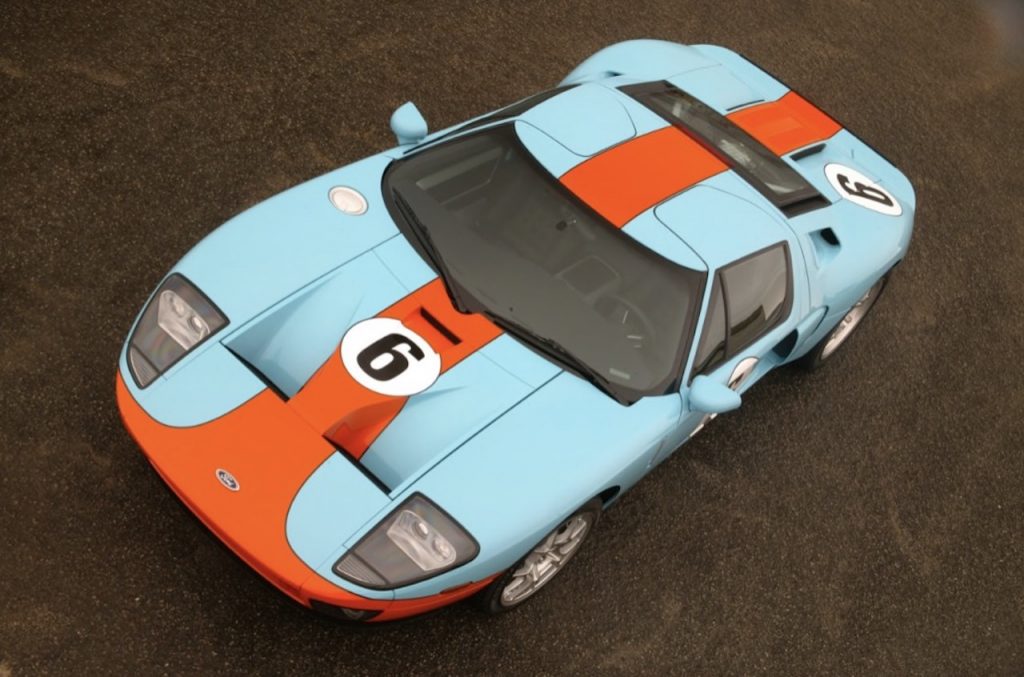Can you think of an American mid-engined supercar with a supercharged V8, manual gearbox and strikingly vintage looks that is on sale today? Didn’t think so. Can you think of one from the last 20 years? If the 2005 Ford GT came to mind, you’re thinking of one of the only modern cars made in that configuration. And while the second generation Ford GT is easy to gloss over in the shadow if its newer sibling, let’s take a moment to recognize how special that car truly was, because there will never be anything like it ever again.
Thanks to an interview with the 2005 Ford GT design chief, Camilo Pardo, HotRod brings us some great information on the development of the supercar that celebrated Ford’s centennial. For starters, the most fundamental design condition was that it had to look like the original Ford GT40. Remember, this came during a swarm of retro designs where Ford and other automakers reimagined classic vehicles with modern design. Few cars pulled it off quite as well as the Ford GT, though.
Sketching for the car began in 1999, followed by 3D computer designs, and eventually clay models. In the interview, Pardo described the early process as a, “rat race of different clay models.” During the design process, which took place at a top-secret facility away from the main Ford design headquarters, the team had a Ferrari 360 Modena and 1966 Ford GT40 as inspiration. Their goal was to keep the design of the old car while creating something that looked at home with the competition.
In 2002, the Ford GT40 Concept was revealed at the Detroit Auto Show to tremendously positive reception. Soon after, Bill Ford gave the green light for production to celebrate the 100th anniversary of Ford Motor Company. The issue was that the highly praised concept had no engineering or aerodynamic development, so there was much work to be done to get the vehicle ready for production.

Luckily, the final product didn’t stray too far from the concept, which pleased both the designers and the public. The engineers actually wanted a V10 to power the car, but cost and time didn’t allow for its development. The iconic clamshell doors that opened with part of the roof were also difficult to pull off, due to them being one piece and such complex shape.
Overall, the 2005 Ford GT was a success when it launched, and if current values are anything to go by, it still is. We love the current Ford GT, but you can’t ignore how truly special the second generation car was, and still is. We doubt people at that time knew analog supercars like that were only a few years away from being a thing of the past.
